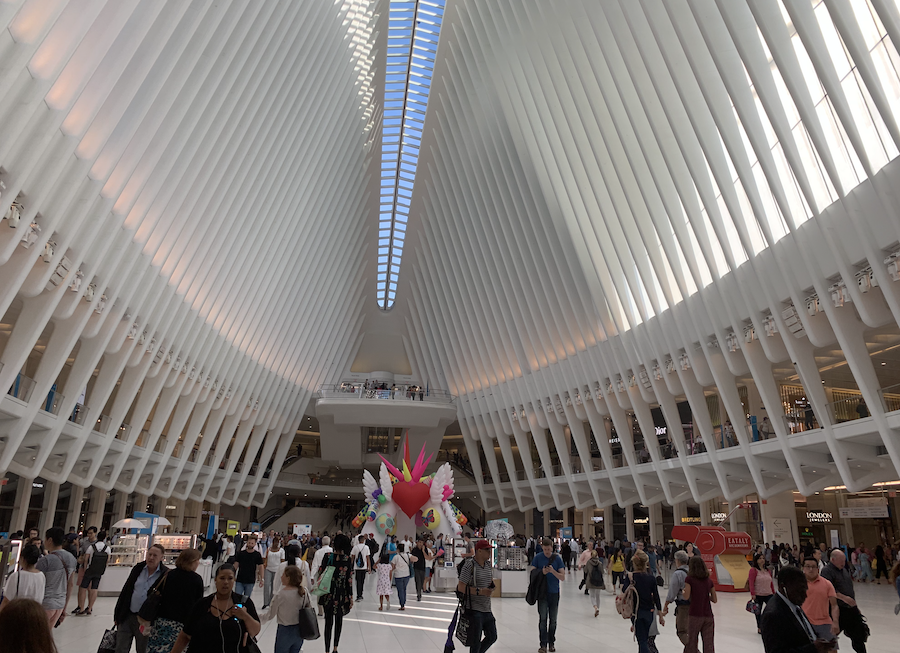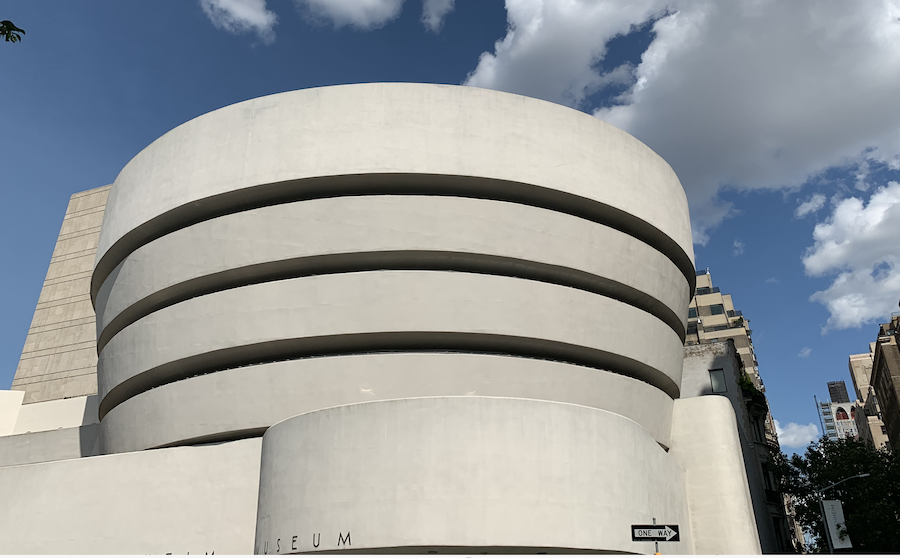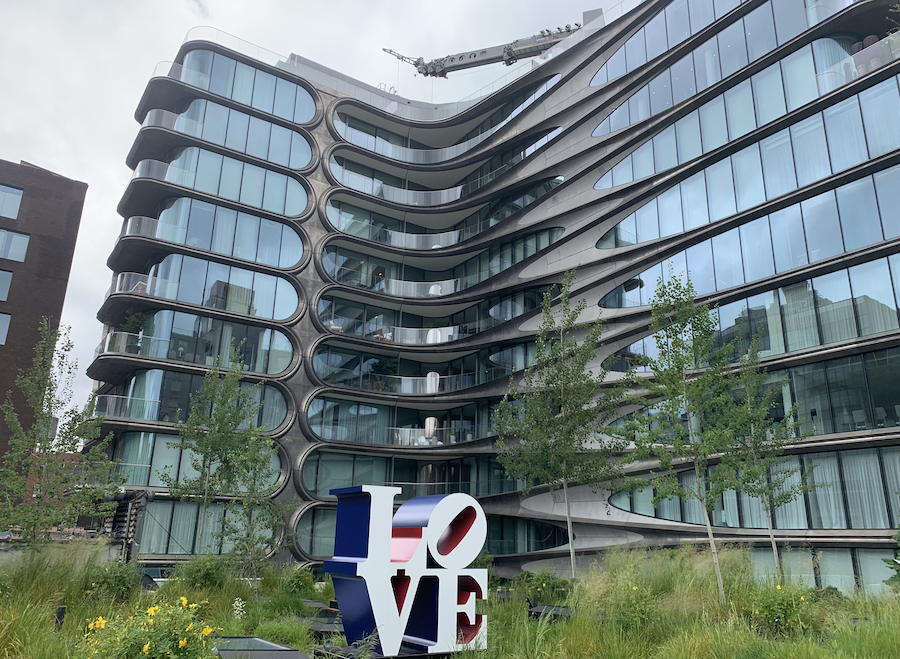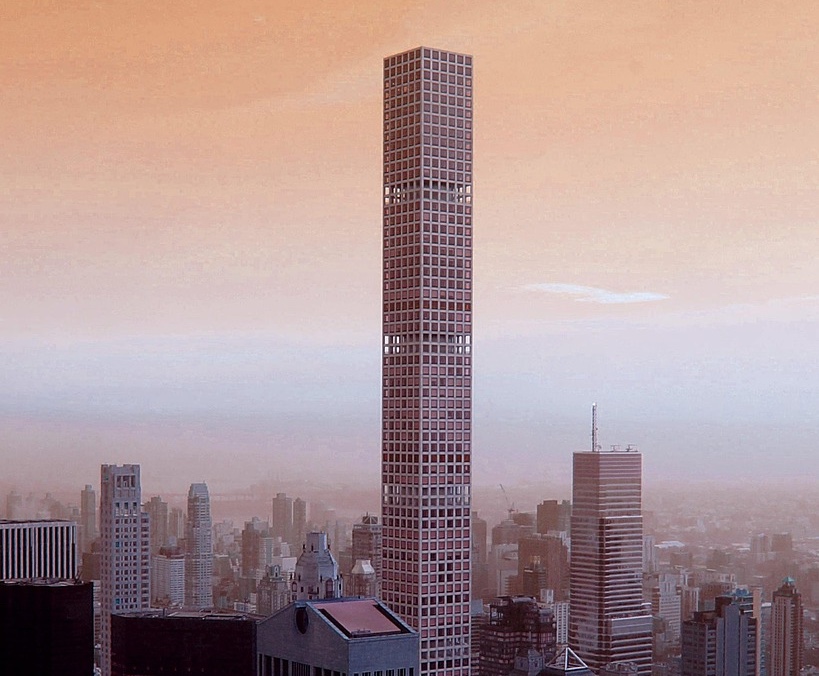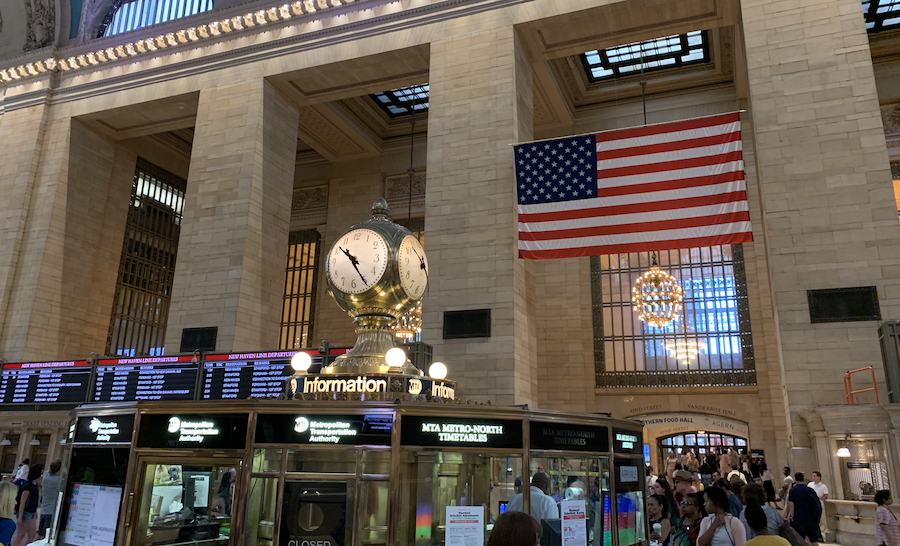My fascination with New York
I have always felt a strong pull toward New York City. As a feng shui practitioner I am mesmerised by its skyline and its kinetic energy. I have visited the city on many occasions and each return deepens my appreciation for the interplay of rivers, parks, skyscrapers and bustling streets. The dense architecture and the relentless movement of people and traffic create a palpable vitality, while the green oases and waterfronts offer pockets of calm. New York’s mixture of architectural grandeur, cultural diversity and sheer momentum invites continual study from a feng shui perspective.
Feng shui, which translates to wind–water, is concerned with harmonising human environments with the natural flow of energy or qi. Applied at the scale of a city, feng shui evaluates landforms, waterways, street patterns, building heights, orientation, and the social life of its inhabitants. A well‑balanced urban landscape integrates yin (quiet, receptive) and yang (active, expressive) zones and exhibits all five elements: water, wood, fire, earth and metal. In this blog I analyse New York through this framework. I consider the island geography of Manhattan, the network of rivers, the major parks and public spaces, the dynamic nightlife, and the iconic architecture. I also explore high‑point viewpoints, the district New Yorkers regard as their heart, and a key annual festival that embodies the city’s qi.
Landform, water and the island configuration
Manhattan island and river setting
New York is organised around the island of Manhattan, which lies between the Hudson River to the west, the Harlem River to the north and the East River to the east, with New York Harbour to the south. The island is about 13.4 miles long and 2.3 miles wide and covers roughly twenty‑two square miles. Smaller islands – including Roosevelt Island, Governors Island and Liberty Island – form part of the borough. The watery envelope creates a strong sense of natural boundary and offers protection while allowing commerce and travel. In feng shui terms Manhattan resembles a flat water dragon: the island’s elongated shape and its surrounding rivers encourage quick‑moving qi associated with finance and activity. At the southern tip of Manhattan the Hudson and East Rivers merge, forming a powerful confluence. Confluences are regarded as natural power spots because they concentrate water qi; it is no coincidence that Wall Street and the Financial District, the centres of economic power, sit on this vortex.
Rivers and water qi
Several major waterways nourish New York’s qi. The Hudson River originates in the Adirondack Mountains and flows approximately 315 miles southward before reaching the city, where it forms the western boundary and a key transport artery. The East River is a 16‑mile tidal strait linking New York Harbour to Long Island Sound; it separates Manhattan from Brooklyn and Queens and ranges from 600 to 4 000 feet wide. The Harlem River, about eight miles long, connects the Hudson to the East River and forms the boundary between Manhattan and the Bronx. These waterways moderate the climate, supply scenic waterfronts and foster recreation and commerce. Within Manhattan, Central Park contains eight lakes and ponds, including the Jacqueline Kennedy Onassis Reservoir, while Prospect Park in Brooklyn has a 60‑acre lake. Together the rivers and internal lakes provide abundant water qi, tempering the urban heat island and enhancing well‑being.
The five elements in New York
Water
Water in New York is expressed through its rivers, harbour and countless bodies of water within the parks. The Hudson, East and Harlem rivers encircle Manhattan, bringing in maritime breezes and forming a natural moat around the urban core. The harbour opens the city to the Atlantic Ocean and symbolises exchange and openness. Inside the city, Central Park’s reservoirs, ponds and streams create tranquil vistas and serve as habitats for birds and aquatic life. Prospect Park’s lake and boathouse add further aquatic amenities. Rain‑driven bioswales and fountains in plazas contribute to humidity and provide soothing sounds. All of these water features enhance the flexibility and adaptability associated with the water element.
Wood
Despite its dense built form, New York is rich in green space. Central Park, established in 1857, covers 843 acres and offers meadows, woodlands, gardens, a zoo, an ice‑skating rink, concert venues and bodies of water. It is the most visited urban park in the United States and provides a powerful lung for Manhattan, encouraging jogging, boating, picnicking and contemplation. Prospect Park in Brooklyn extends over 526 acres and features a 90‑acre Long Meadow, sports facilities and a lake. The High Line, a 1.45‑mile elevated linear park built on a disused railway spur, meanders through the West Side with plantings that change with the seasons and vistas of the Hudson River. Neighbourhood gardens, tree‑lined streets and the planting strips along avenues further contribute to the wood element. These green spaces not only mitigate pollution and heat but also offer spaces for creativity and renewal. From the five element theory, wood element is also characterised by tall buildings which have upward energy.
Fire
New York’s nickname “the city that never sleeps” reflects its fire element. The city pulses with energy day and night: Broadway theatres, concert halls and music clubs draw crowds until the early hours, while bars and nightclubs in districts like Times Square and the Meatpacking District keep their doors open past dawn. Times Square itself is bathed in a blaze of neon and LED lights, creating a perpetual daylight and generating a stimulating yang environment. The city’s calendar is packed with festivals, parades and sporting events that ignite communal enthusiasm. This constant movement and illumination exemplify the warm, expansive qualities of fire.
Earth
The earth element manifests in New York’s solid architecture and enduring institutions. Skyscrapers such as the Empire State Building – a 102‑storey Art Deco masterpiece completed in 1931 that rises 1 250 feet to the roof and 1 454 feet with its spire – and the Chrysler Building, completed in 1930 with a stainless‑steel spire reaching 1 046 feet, anchor the skyline and symbolise stability. Grand Central Terminal, the New York Public Library and numerous pre‑war apartment buildings are constructed from stone, brick and terracotta, grounding the city in tradition. Markets like Chelsea Market, located in the former National Biscuit Company factory and hosting fishmongers, butchers, cheesemongers and bakeries, and the Union Square Greenmarket, which assembles up to 140 farmers and producers four days a week, connect residents with local food and seasonal rhythms. Cultural institutions like the Metropolitan Museum of Art, with over two million works spanning five thousand years, provide spaces for contemplation and scholarship. These earth‑oriented structures and venues foster nourishment, stability and continuity.
Metal
Metal is represented by New York’s financial prowess, transport infrastructure and sleek modern buildings. Wall Street’s corporate towers and the steel‑framed skyscrapers of Midtown and Downtown demonstrate precision, logic and value exchange associated with the metal element. New towers such as One World Trade Center, with its reflective facade and spire, and the glass‑clad Hudson Yards complex communicate clarity and sophistication. The city’s extensive subway and commuter rail networks channel people and information efficiently. Museums and libraries offer intellectual clarity, while public art and sculptures in plazas introduce metallic forms into everyday life.
Yin and yang balance
New York balances yin calm and yang excitement. Yin spaces include the shaded pathways of Central Park and Prospect Park, waterfront esplanades along the Hudson and East rivers, and quiet reading rooms in libraries and museums. Residential blocks in Greenwich Village, the West Village and Brooklyn Heights provide a human scale, with tree‑lined streets and brownstone stoops that invite conversation. Conversely, yang environments abound in Midtown, Times Square, Wall Street and Broadway, where noise, light and crowds are intense. By alternating between tranquil parks and bustling districts, residents can replenish their energy and avoid burnout. This coexistence of complementary energies sustains the city’s livability.
Qi flow, orientation and urban layout
Unlike Rome’s organic pattern, Manhattan is laid out on the Commissioners’ Plan of 1811, which imposed a rectilinear grid of avenues and cross streets tilted about 29 degrees east of true north to align with the island’s orientation. This tilt allows the avenues to follow the island’s long axis, facilitating circulation and exposure to sunlight. Broadway cuts diagonally through the grid, creating irregular intersections and triangular plazas that act as energy nodes. The grid channels qi smoothly north–south and east–west, while diagonal streets and curves such as Park Avenue and Riverside Drive add variety and relieve monotony. Elevated linear parks like the High Line and promenades along the Hudson and East rivers provide alternative pathways where pedestrians can experience qi at slower speeds. The alignment of major buildings – for example, the Empire State Building and the Chrysler Building along Fifth Avenue, and One World Trade Center facing the Statue of Liberty – reinforces visual axes and symbolic relationships. Such orientation and circulation patterns demonstrate a conscious organisation of the city’s energy.
Social and cultural dimensions
New York’s qi is also shaped by its people and culture. The city is home to over eight million residents from around the world, and diversity is reflected in its languages, cuisines and festivals. Markets and food halls such as Chelsea Market and the Union Square Greenmarket provide spaces for social interaction and the exchange of local produce and crafts. The High Line and parklets encourage community gardening and urban agriculture. Artistic life flourishes in theatres, galleries and music venues across neighbourhoods like Harlem, the East Village and Williamsburg. The Metropolitan Museum of Art, the Museum of Modern Art and countless smaller institutions preserve and reinterpret global heritage. Spiritual diversity is represented by churches, synagogues, mosques and temples scattered throughout the city. All these elements combine to create a vibrant social qi that nourishes the mind and spirit.
High points and panoramic viewpoints
New York offers numerous elevated viewpoints that allow residents and visitors to gain perspective on the urban fabric. The Empire State Building’s 86th‑floor open‑air observatory provides 360‑degree views of landmarks such as the Brooklyn Bridge, Central Park and the Statue of Liberty. Its 102nd‑floor deck, enclosed by floor‑to‑ceiling windows, allows views of up to eighty miles on clear days. At Rockefeller Center, the Top of the Rock provides three tiers of indoor and outdoor platforms facing north, south, east and west; its unobstructed decks frame vistas of Central Park, Midtown and beyond. One World Observatory, reached by lift in 47 seconds, occupies the 102nd floor of One World Trade Center and offers panoramic views from the highest point in the city along with immersive presentations that interpret the skyline and history. The Edge at Hudson Yards extends eighty feet out from the 100th floor of 30 Hudson Yards, 1 100 feet above ground; its glass floor and angled walls give visitors the sensation of floating above the city. Summit One Vanderbilt crowns a 93‑storey tower with three floors of reflective rooms, art installations and terraces that frame views of Central Park, the Empire State Building and the Hudson River. Visiting these high points provides both literal and symbolic perspective and refreshes the qi of observers.
The heart of New York
New Yorkers often speak of Manhattan as the heart of their city. Historically, opulent mansions and early skyscrapers lined Fifth Avenue, establishing an iconic skyline that still defines the city’s image. Today, Midtown Manhattan is widely seen as the beating heart: it contains Times Square, Rockefeller Center, Broadway theatres, flagship shops and some of the city’s largest office towers. The area buzzes with commerce by day and entertainment by night, and its location between the Hudson and East rivers places it at the centre of the island. The continuous ebb and flow of people through Midtown, combined with its mix of corporate, cultural and recreational amenities, makes it a powerful qi hub. At the same time, many locals point to Central Park as the spiritual heart, where the city breathes, relaxes and reconnects with nature. These overlapping centres demonstrate that New York’s heart is both a physical place and an energetic experience.
An important date: New Year’s Eve in Times Square
Every 31 December I join revellers from around the world to witness the Times Square ball drop. At precisely 11:59 p.m. a luminous sphere measuring twelve feet in diameter and weighing over eleven thousand pounds begins its descent from a flagpole on One Times Square. The ball is covered with thousands of crystal triangles and illuminated by tens of thousands of LED lights; as it falls over sixty seconds the crowd unites in a collective countdown. This tradition, inaugurated in 1907, marks the passage into a new year and draws millions of television viewers. For me the event encapsulates the fire element: the glowing sphere, the cheers and the fireworks generate intense yang energy that momentarily fills the crossroads of the world. Yet the ritual also has a reflective quality: after the drop, confetti rains down like water, and people hug and wish each other well. Experiencing this mix of excitement and renewal reminds me that New York’s qi is constantly regenerating through communal celebration.
Keywords describing top cities
When comparing global cities through symbolic keywords, certain associations emerge. Rome evokes power because its palaces and institutions have long embodied political and religious authority. Paris is synonymous with romance, thanks to its art, architecture, cobbled streets and the emblematic Eiffel Tower. London radiates vibrancy and multiculturalism, blending centuries of history with a cosmopolitan energy. Berlin is regarded as a creative hub, known for affordable living and a thriving arts scene. Barcelona exudes culture and creativity, setting trends in design and festivals. Tokyo epitomises the fusion of modernity and tradition through its juxtaposition of neon skyscrapers and ancient temples. New York is famed as the city that never sleeps, reflecting its relentless economic and cultural dynamism and twenty‑four‑hour lifestyle. These descriptors distil the distinctive energies each city projects on the global stage.
New York understanding of energy flow, architecture and power places
New York’s planners and builders have long harnessed natural and cultural forces when shaping the city. The Commissioners’ Plan of 1811 aligned the street grid with the island’s shape and orientation, recognising that streets should follow the land’s contours rather than point to the cardinal directions. The plan provided a rational framework that allowed sunlight and prevailing winds to circulate while creating a legible urban fabric. Diagonal routes such as Broadway intersect the grid and generate energetic nodes at plazas and squares. The siting of financial institutions at the confluence of the Hudson and East rivers capitalises on the natural power spot created by merging currents. Iconic skyscrapers like the Empire State Building and the Chrysler Building were positioned along Fifth Avenue and Lexington Avenue to anchor sightlines and create landmarks. Elevated parks and waterfront esplanades channel pedestrian qi along linear paths that connect neighbourhoods. These decisions demonstrate a conscious awareness of energy flow, orientation and auspicious placement that resonates with feng shui principles.
Pencil Thin: 432 Park Avenue and Feng Shui – Case study
432 Park Avenue – New York’s iconic “pencil building” – is a striking example of extreme slenderness in skyscraper design, intended to symbolise status, minimalism, and ambition within the city’s skyline. From a feng shui perspective, however, the tower’s aesthetic focus on verticality and sharp lines may disrupt the harmonious flow of qi, as it lacks the rounded forms and careful siting that characterise auspicious architecture in classical feng shui Chinese practice. The inclusion of open mechanical floors – engineered to ease wind loads by allowing air to pass through the structure – mirrors, on a purely physical level, some principles similar to the iconic “dragon hole” in the Repulse Bay in Hong Kong, as both interventions arise from the need to mediate environmental forces for structural and energetic balance. Yet, while wind penetration is a pragmatic necessity in buildings of such proportions, these voids do not carry the layered cosmological or psychological meaning ascribed in feng shui traditions.
Practically, the “missing” floors in 432 Park Avenue have not solved all the building’s problems. Reports of excessive sway, physical discomfort, structural cracks, failing window seals, damaged pipes, and major facade issues have emerged – pointing to a mismatch between engineering ambition and material reality. In contrast to feng shui’s ethos of long-term harmony, the tower’s functional shortcomings have fuelled both resident dissatisfaction and wider criticism, raising questions about the limits of expressive but ungrounded architectural gestures. 432 Park Avenue thus serves as a cautionary tale: while symbolic or practical voids in design may draw inspiration from multiple traditions or engineering logics, their ultimate success depends on a careful integration of spiritual, psychological, and physical factors.
Conclusion
Applying feng shui principles to New York reveals a city where geography and design combine to create a dynamic but balanced environment. The island setting and network of rivers provide abundant water qi and define clear boundaries. Extensive green spaces like Central Park, Prospect Park and the High Line supply the wood element and offer respite. Nightlife, entertainment and cultural events express the fire element, while enduring architecture and markets embody earth. Skyscrapers, financial institutions and transport systems represent metal. Yin and yang coexist in quiet parks and bustling districts, allowing residents to recharge and engage. The grid, diagonal streets and waterfront promenades guide energy smoothly, and high points offer perspective and renewal. Midtown and Central Park serve as overlapping hearts of the city, while the Times Square ball drop renews communal qi each year. New York demonstrates how a modern metropolis can integrate natural elements and human creativity to maintain a harmonious, thriving urban ecosystem.
Feng shui consultants in New York
A quick Google search revealed that there are many feng shui consultants in New York. However if you live in New York or anywhere in the US and are looking for a feng shui consultant feel free to call/text/Whatsapp me on +44 7956 288574 for a quote for feng shui consultation for your home or workplace. I’d be happy to travel to New York or do a remote feng shui consultation via FaceTime or Whatsapp. Email me
Check my blogs about feng shui of cities
Feng Shui of Miami, Florida. Feng Shui Consultant in Miami, Florida



